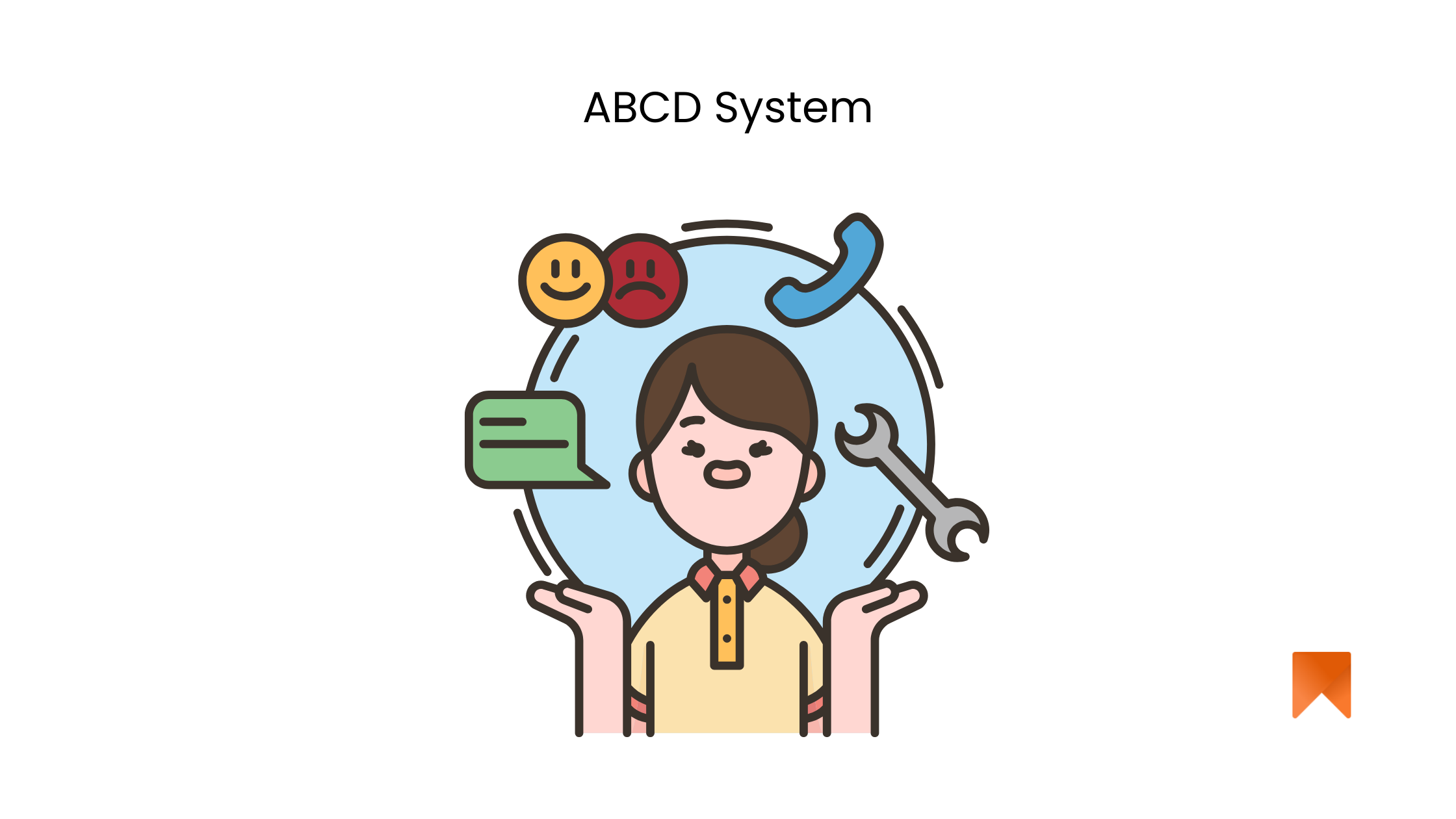In managing a large number of devices, one of the key aspects is regular equipment maintenance to ensure reliability and minimize the risk of failures. However, planning cyclical inspections becomes increasingly challenging, especially when using the ABCD system, where different types of maintenance are performed at varying intervals. How can this process be managed effectively while minimizing downtime and reducing the workload for staff?
What is the ABCD system in equipment maintenance?
The ABCD system is an approach that differentiates equipment maintenance based on the scope and frequency of services. Unlike simple, regular maintenance at fixed intervals (e.g., monthly), the ABCD system operates in a loop, with different types of inspections performed at varying periods:
- Basic Service (A): Performed every month, covering basic checks and maintenance activities.
- Extended Service (B): Conducted every 3 months, involving more detailed inspections and minor repairs.
- Main Service (C): Carried out every 12 months, including in-depth checks and more significant repairs.
- Resource (D): Conducted every 24 months, consisting of a comprehensive inspection, often involving the replacement of key components.
Challenges in planning cyclical services
When managing hundreds or even thousands of devices, organizing inspections within the ABCD system can become complex and time-consuming. Here are some of the main challenges:
- Scheduling Complexity: Planning inspections for different devices in different cycles can be difficult to synchronize. This requires consideration not only of service cycles but also of technician availability and shifting production schedules, which may demand significant flexibility.
- Resource Optimization: The ABCD system requires different resources for different types of inspections, from tools to the time needed from specialists. Optimal resource management is crucial to avoid equipment downtime and prevent overwhelming service teams.
- Risk Management: Missing inspection deadlines can lead to unexpected breakdowns, resulting in costly repairs and downtime. The ABCD system requires an effective monitoring system that automatically reminds of upcoming service dates and tracks task completion.
- Reporting Complexity: Each type of inspection requires different reports, increasing the amount of documentation that must be processed and archived.
Benefits of implementing the ABCD system
Despite the challenges, planning cyclical inspections using the ABCD system also offers significant benefits:
- Precise Equipment Lifecycle Management: The ABCD system allows for adjusting the type of service according to the age and condition of the device. Newer devices may require only basic inspections, while older units will need more frequent, thorough maintenance.
- Increased Equipment Reliability: Regular servicing according to cyclical schedules reduces the risk of unexpected breakdowns. Differentiating inspection types ensures that each device is maintained in appropriate technical condition at every stage of its lifecycle.
- Efficient Resource Utilization: By tailoring maintenance needs to device conditions, service teams can focus on the most critical tasks, minimizing equipment downtime. This approach leads to better time and cost management.
- Cost Savings: Although implementing the ABCD system may initially require greater organizational efforts, long-term savings come from fewer breakdowns and lower repair costs. Regular maintenance under the ABCD system allows detecting minor issues before they escalate into major problems.
How to effectively implement the ABCD system in device management?
- Utilizing Automation Tools: One of the key elements for effectively implementing the ABCD system is the use of appropriate software that supports planning, sends reminders for upcoming inspections, and automates report generation. Tools like KeepGood offer monitoring, scheduling, and reporting features, which significantly ease the management of inspections.
- Creating Precise Schedules: Inspection schedules should be planned well in advance, taking into account resource availability and production cycles. Flexible mechanisms for adjusting schedules in case of unexpected events should also be in place.
- Training Teams: Service teams need to be well-trained both in technical aspects and in using the ABCD system. Well-trained technicians can perform inspections more quickly and efficiently, speeding up the overall process.
- Monitoring and Improvement: Regular review of the ABCD system’s effectiveness allows for continuous optimization. Analyzing data can help adjust schedules and priorities to better meet the real needs of devices and the company.
Conclusion
Planning cyclical inspections within the ABCD system is an effective approach to managing a large number of devices, allowing better alignment of maintenance to their needs. Despite certain challenges related to scheduling and resource management, implementing the ABCD system leads to increased device reliability, reduced downtime, and optimized costs. Using tools like KeepGood further supports the process of planning and monitoring maintenance, simplifying the management of even the most complex service cycles.
If your company is struggling with challenges related to managing inspections, try our
KeepGood.it app and streamline your service processes today!
Schedule a free demo of our KeepGood app and see how we can implement cyclical maintenance planning in your company –
FREE DEMO.
